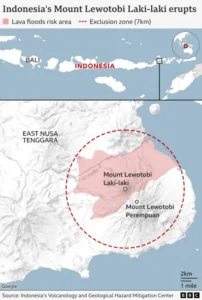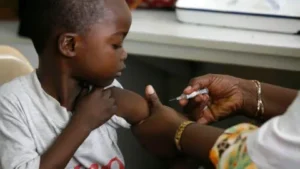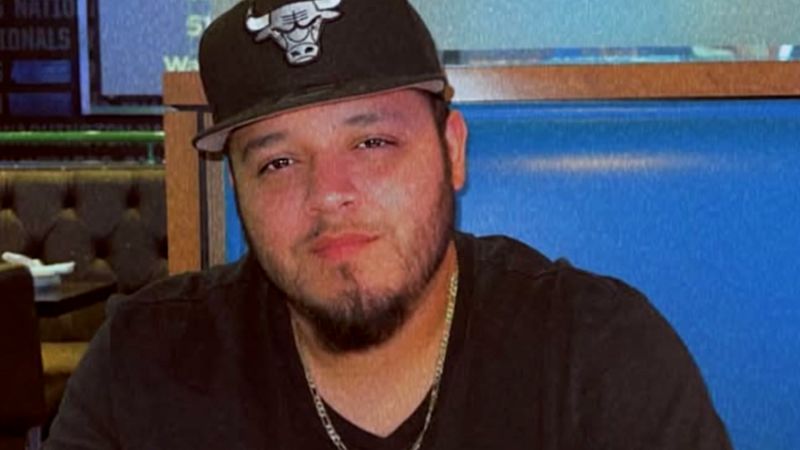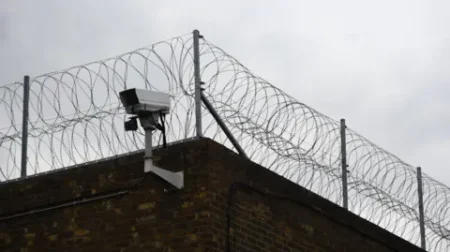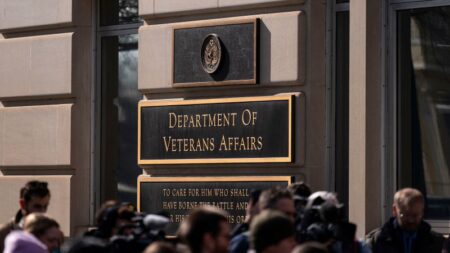Kilmar Abrego Garcia, a man currently embroiled in a significant legal battle, will remain in federal custody for the time being. The anticipation surrounding his case has escalated, particularly as developments unfold regarding his upcoming trial on human smuggling charges. On Wednesday, U.S. Magistrate Judge Barbara Holmes addressed the court with key updates concerning Garcia’s detention status, indicating a forthcoming decision which could drastically alter his situation.
Judge Holmes stated during the session that she is set to file an order by as early as Friday which could recommend that Abrego Garcia not remain in custody while awaiting his trial. The judge’s remarks are an essential signal in a case that has drawn considerable attention due to its implications on immigration and justice systems. While there is optimism regarding Garcia’s potential release, the conditions of his freedom remain a subject of scrutiny, leading to further requests for clarification from both legal representations involved.
Adding complexity to the situation, Judge Holmes ordered Garcia’s defense team to submit an additional legal brief by noon Thursday. This requirement emerged during discussions about the jurisdictional powers of the Justice Department (DOJ) in relation to the Department of Homeland Security (DHS) in Garcia’s case. Although he faces serious criminal charges under the DOJ, there exists an immigration detainer placed by Homeland Security’s Immigration and Customs Enforcement (ICE) division. This intersection of legal authority raises pertinent questions, particularly about how these two governmental branches will coordinate their efforts regarding Abrego Garcia. A response from the DOJ has been mandated by noon Friday, heightening the urgency of the situation.
During the hearing, Abrego Garcia appeared visibly affected by the proceedings. He was clad in shackles, wore standard orange prison attire, and donned blue socks along with plastic orange slides. These aspects added to the stark depiction of a man caught in a serious legal conundrum. Notably, his family has also been deeply impacted, with his wife revealing that Wednesday marked their wedding anniversary—a painful juxtaposition against the backdrop of such distressing legal troubles. The emotional weight of this case extends beyond the courtroom, echoing in the lives of those closest to Garcia.
As the situation continues to develop, there is a tangible sense of urgency within legal circles and the broader community surrounding this case. The complexity of immigration law, especially in situations involving human smuggling allegations, invites attempts from both sides to navigate legal frameworks that may appear conflicting. Courts often find themselves as battlegrounds for issues that encompass not just the merits of individual cases, but broader implications that ripple throughout society.
In summation, the case of Kilmar Abrego Garcia serves as a poignant reminder of the intersections between immigration, criminal justice, and the bureaucratic challenges that define them. His anticipated release may hinge on the forthcoming decisions by Judge Holmes as well as the responses required from the DOJ. This case remains a critical point of interest and discussion, ensuring that it will continue to evolve as more information becomes available. The narrative surrounding Garcia is far from over, as both legal strategies unfold, and families await resolutions amidst uncertainty. This story, still breaking, will undoubtedly be updated as new developments arise.

